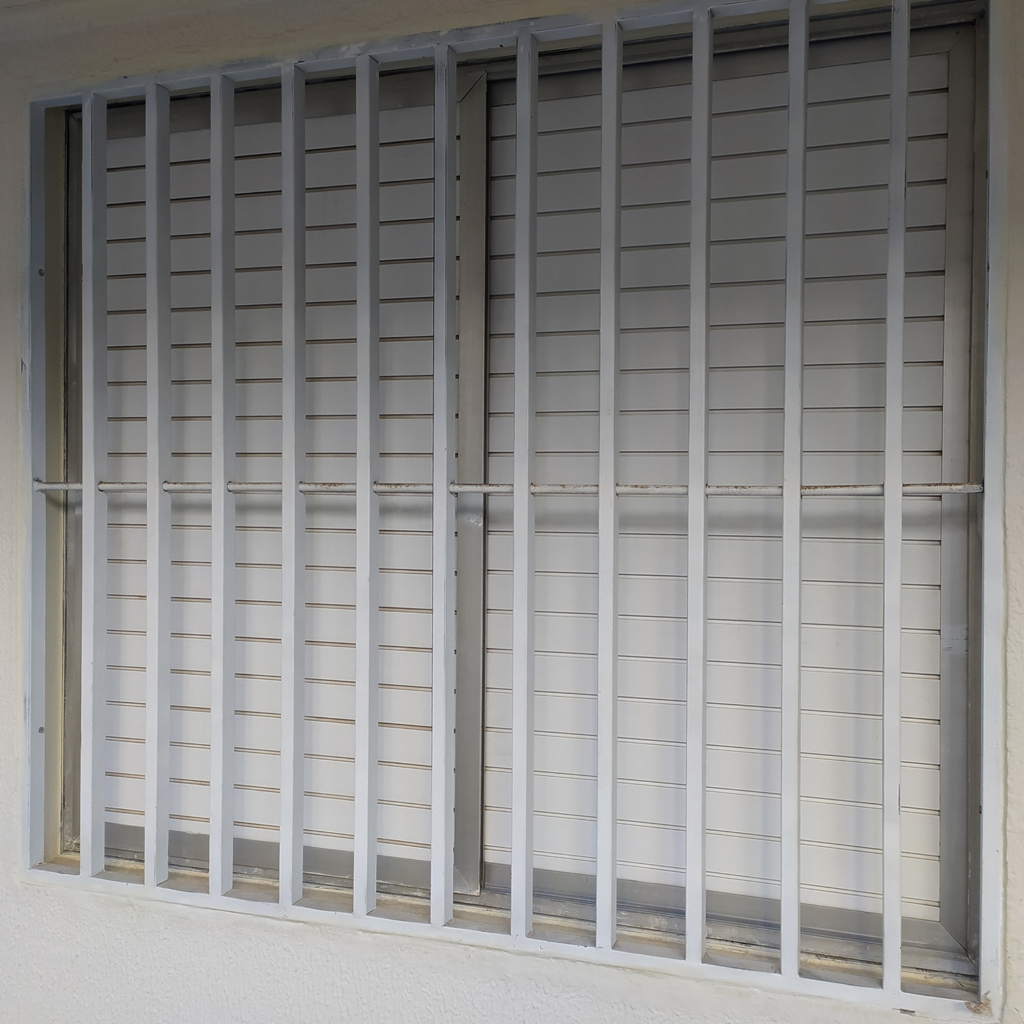What does it take to have a window in a SCIF, SAPF, or Closed Area?
The benefits of natural light have been written about extensively: It offers necessary vitamin D, can help you sleep better, and can even ward off seasonal depression. However, in a secure facility, letting natural light in through windows creates a security vulnerability that requires extensive mitigation, if it can be allowed at all. While many people working in a secure facility like a SCIF, SAPF or Open Storage Area (formerly known as Closed Areas) would prefer natural light to the typical artificial lighting of one of these spaces, it means applying several layers of security that will impact just how much the window adds.

For all windows, they will require visual and acoustic protection and may need TEMPEST protection, depending on recommendations. All windows must be non-opening. Depending on how high the windows are, they may also require physical hardening. These standards are laid out in the ICD 705 Technical Specifications, or Tech Spec, for SCIFs and SAPFs and 32 CFR Part 2001 for Open Storage Areas. For SCIFs and SAPFs, the Accrediting Official (AO) has the final say, and for Open Storage Areas, the Industrial Security Representative (IS Rep) will make the decision. They base their decisions on factors including the unique risks and vulnerabilities of the facility and location, and the extent of the facility’s Security in Depth (SID). If you’re hoping to have windows in the facility, let the AO or IS Rep know early in the planning process. The Certified TEMPEST Technical Authority (CTTA) may also add further guidance for the window’s RF shielding requirements.
Visual, Acoustic and TEMPEST Requirements
Windows in secure facilities will require some kind of visual obstruction so people from the outside cannot see what’s going on inside. There are a couple options for visual protection. First, a film can be applied to the window that will make it difficult to see through. Blinds can also be used to provide protection from surveillance.
Your windows will need acoustic protection as well, and they will be considered in the STC rating of the facility. The windows themselves most likely won’t meet the STC requirements of the facility. However, you can add mitigations like acoustic transducers that help mask the sound of conversation from the facility.
Depending on your CTTA guidance, you may need RF protection for your windows as well. This can be accomplished through a window film that adds RF and infrared protection. However, for facilities with high shielding attenuation requirements, this film may not be enough. It adds some protection, but if you have greater TEMPEST protection needs, windows may be out of the question.
Physical Hardening Requirements
Your need to meet physical hardening standards will depend on the height of your windows: If your windows are within 18 feet of the ground or an accessible platform, like a porte cochere or covered walkway, they will need physical protections. These protections are not required for windows more than 18 feet off the ground or a platform. Windows below 18 feet will require security alarms. There are a few options for how you secure your windows against forced entry to meet the physical hardening requirements. Again, there are window films available that will make the window impact resistant. You can also use tamper-proof security bars or an expanded metal mesh on the outside of the windows.
Securing Buildings with Existing Windows
Tenant-improvement construction is often the least expensive option for secure facility construction, but when building in an existing space, it may already have windows in place. Again, the AO or IS Rep will ultimately decide if the facility can utilize these windows. If they approve them, they’ll have to be made non-opening by removing any opening hardware, and you’ll add the required protections. For a window that requires all the above protections, the price can add up incredibly quickly. One window could cost as much as $1,500 to secure depending on size. If a facility has a lot of windows, it can end up being more cost effective to remove the windows.
If the windows are not approved, there are a couple options for how to deal with them. Either you can have them filled in or you can bring in your facility perimeter by a couple feet and build a second wall inside that doesn’t include the windows. With all the protections windows have to undergo, they lose a lot of the benefits of having the windows, like being able to open them for fresh air or enjoy a view, and may not be worth keeping in a secure space.
If navigating requirements like windows for your secure facility has you overwhelmed, Adamo can help. Our consultants have years of combined experience and are ready to partner with you and simplify your most challenging projects. Contact us today to learn about the difference Adamo can make for you.




